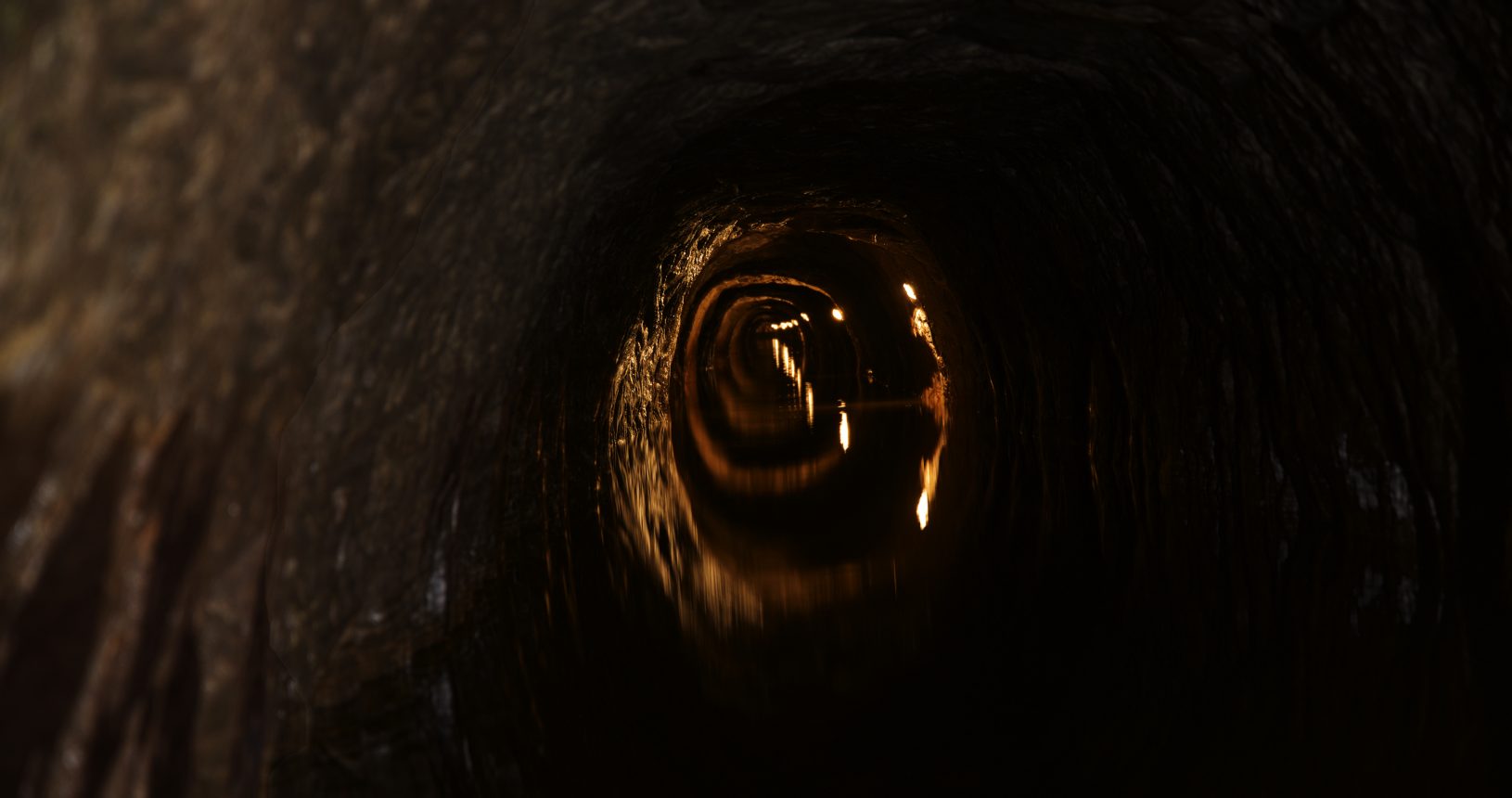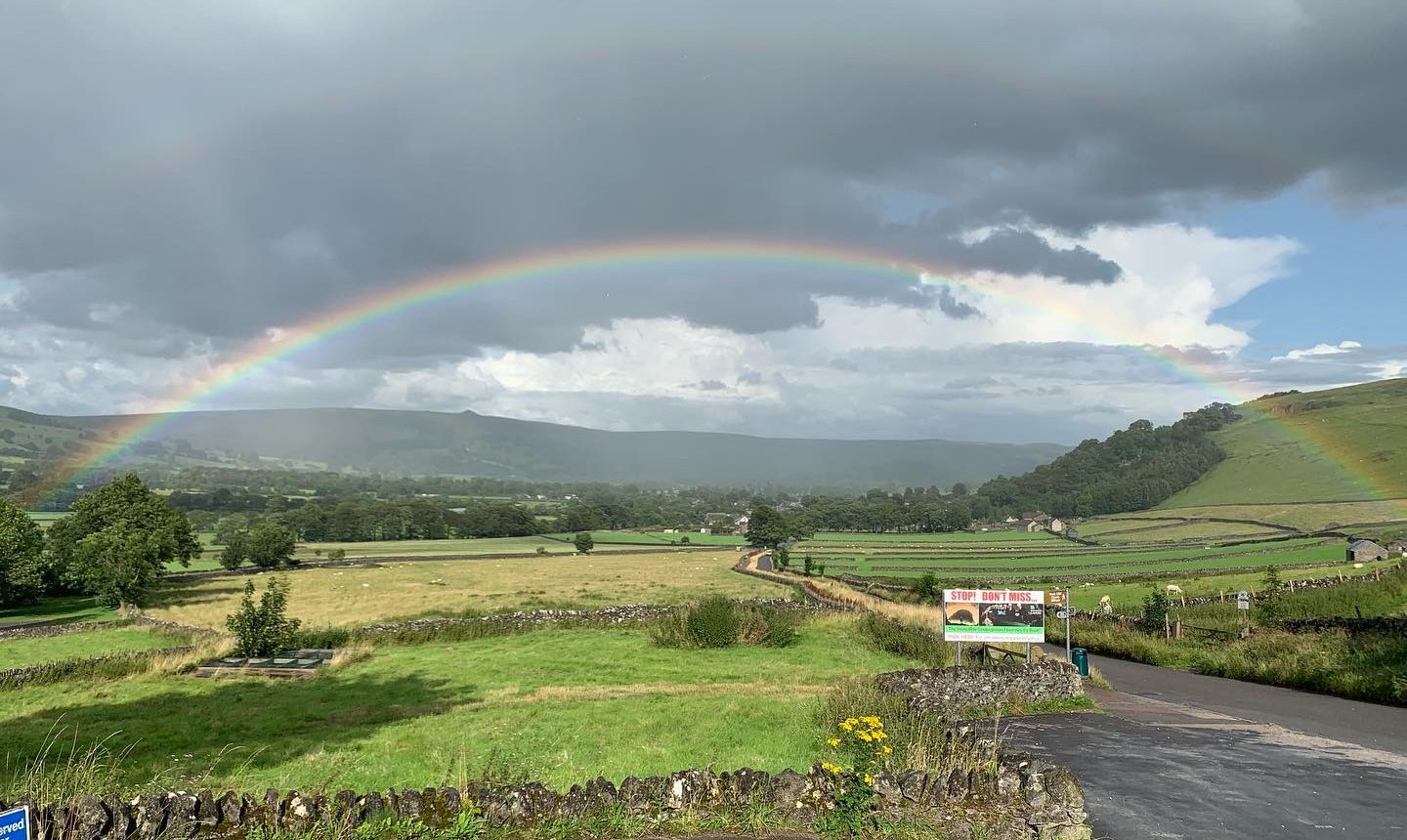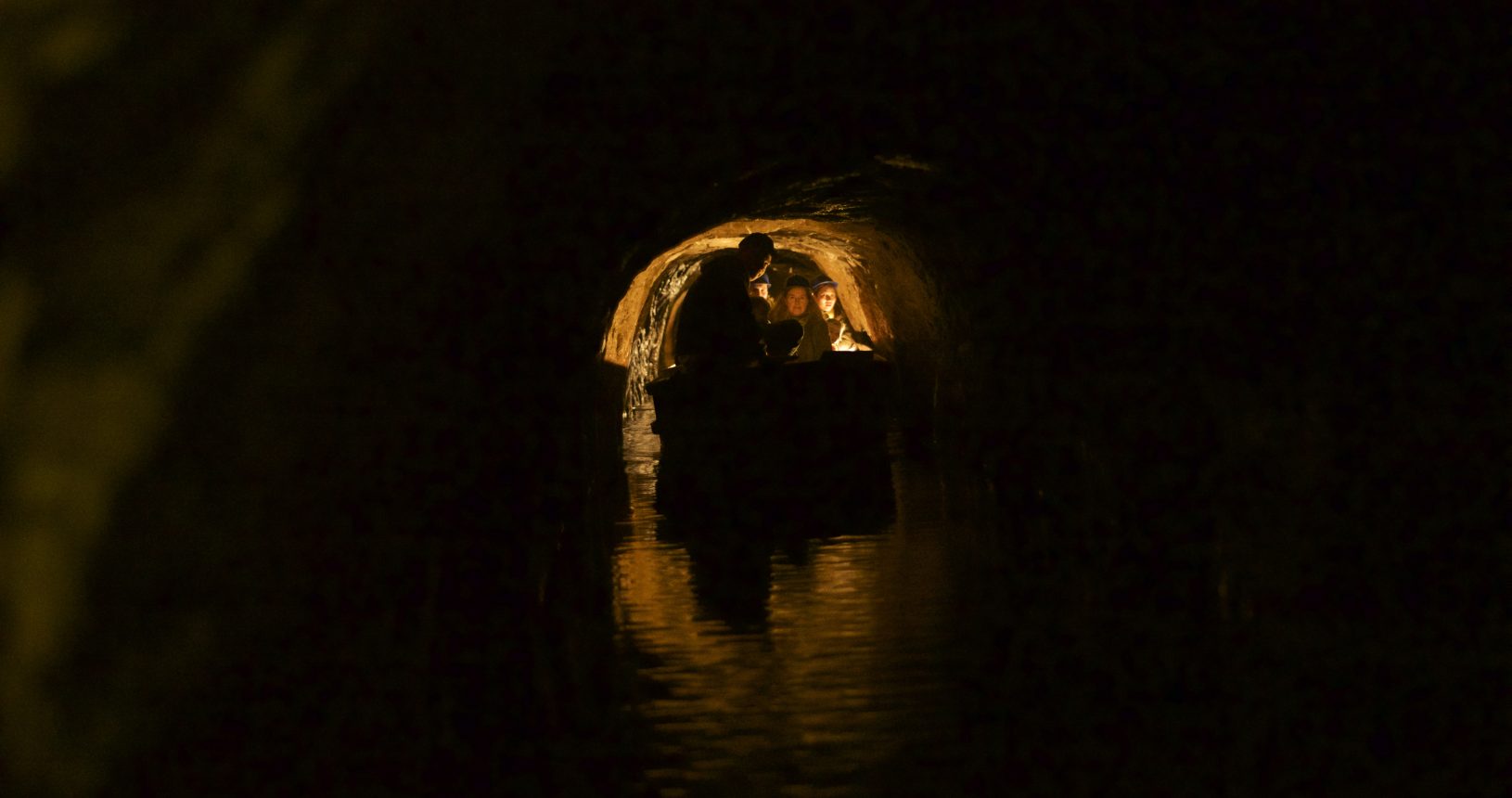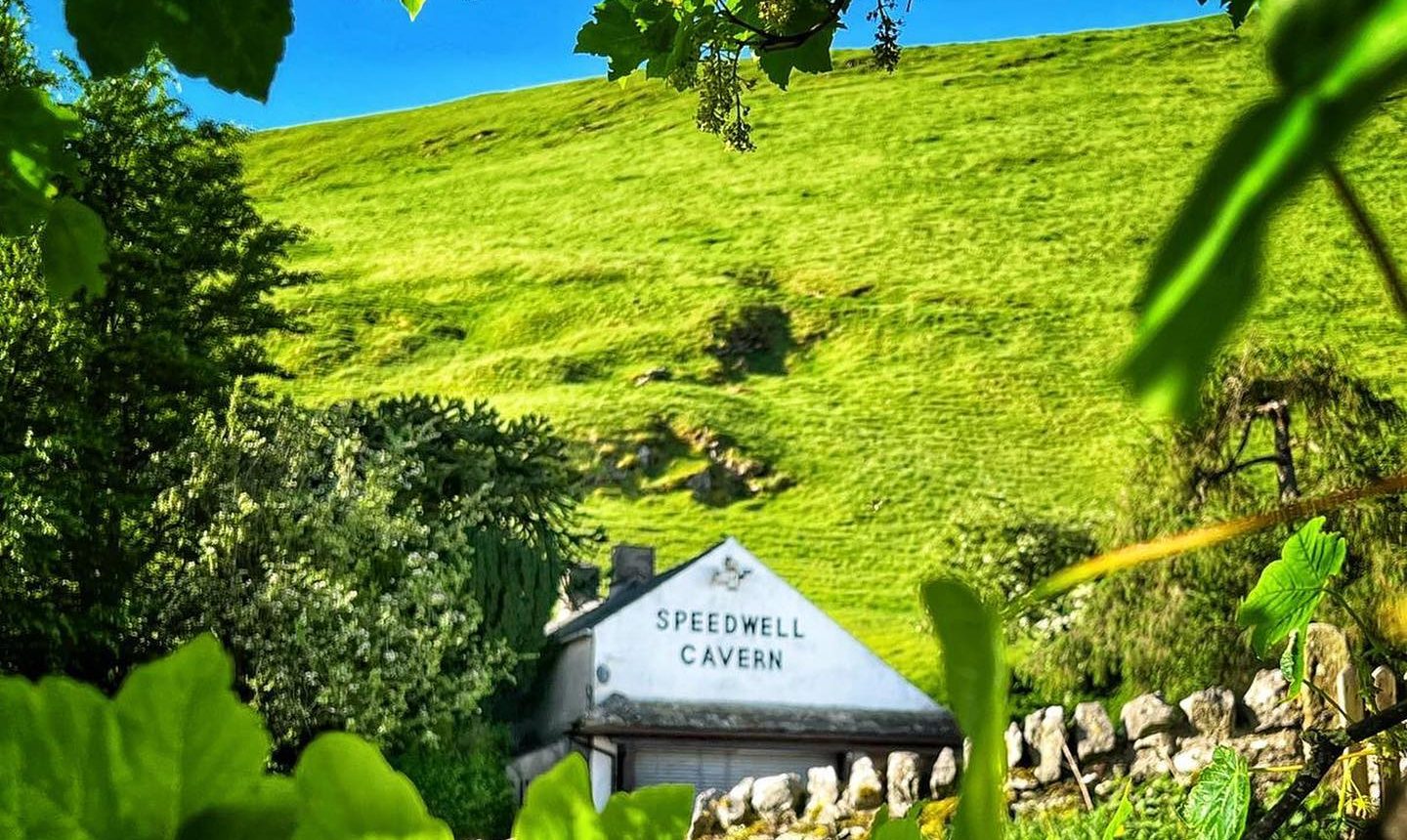
—Categories
Choose between over 400 places and objects to visit
—Location overview
Aliquam fringilla aliquam ex sit amet elementum
Proin bibendum sollicitudin feugiat. Curabitur ut egestas justo, vitae molestie ante. Integer magna purus, commodo in diam nec, pretium auctor sapien. In pulvinar, ipsum eu dignissim facilisis, massa justo varius purus, non dictum elit nibh ut massa. Nam massa erat, aliquet a rutrum eu, sagittis ac nibh. Pellentesque velit dolor, suscipit in ligula a, suscipit rhoncus dui vitae molestie ante.

See the map
—About us
We are small but active tour agency fallen in love with Lake District
Ut ultricies imperdiet sodales. Aliquam fringilla aliquam ex sit amet elementum. Proin bibendum sollicitudin feugiat. Curabitur ut egestas justo, vitae molestie ante. Integer magna purus, commodo in diam nec, pretium auctor sapien. In pulvinar, ipsum eu dignissim facilisis, massa justo varius purus, non dictum elit nibh ut massa.
Sign up to our newsletter and grab tickets at lowest prices
Error: Contact form not found.
Duis dignissim mi ut laoreet mollis. Nunc id tellus finibus, eleifend mi vel, maximus justo. Maecenas mi tortor, pellentesque a aliquam ut, fringilla eleifend lectus. Maecenas ultrices tellus.





